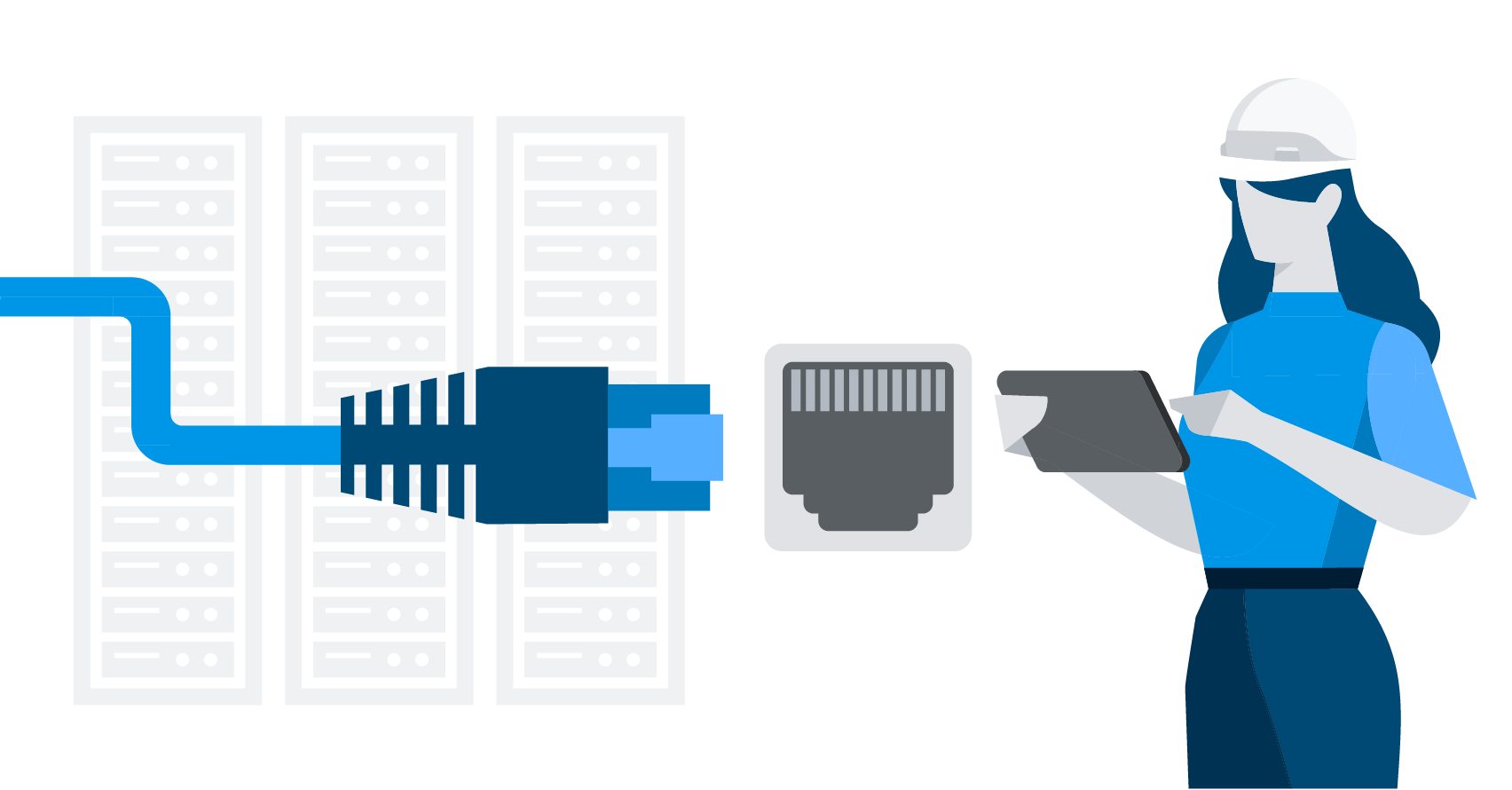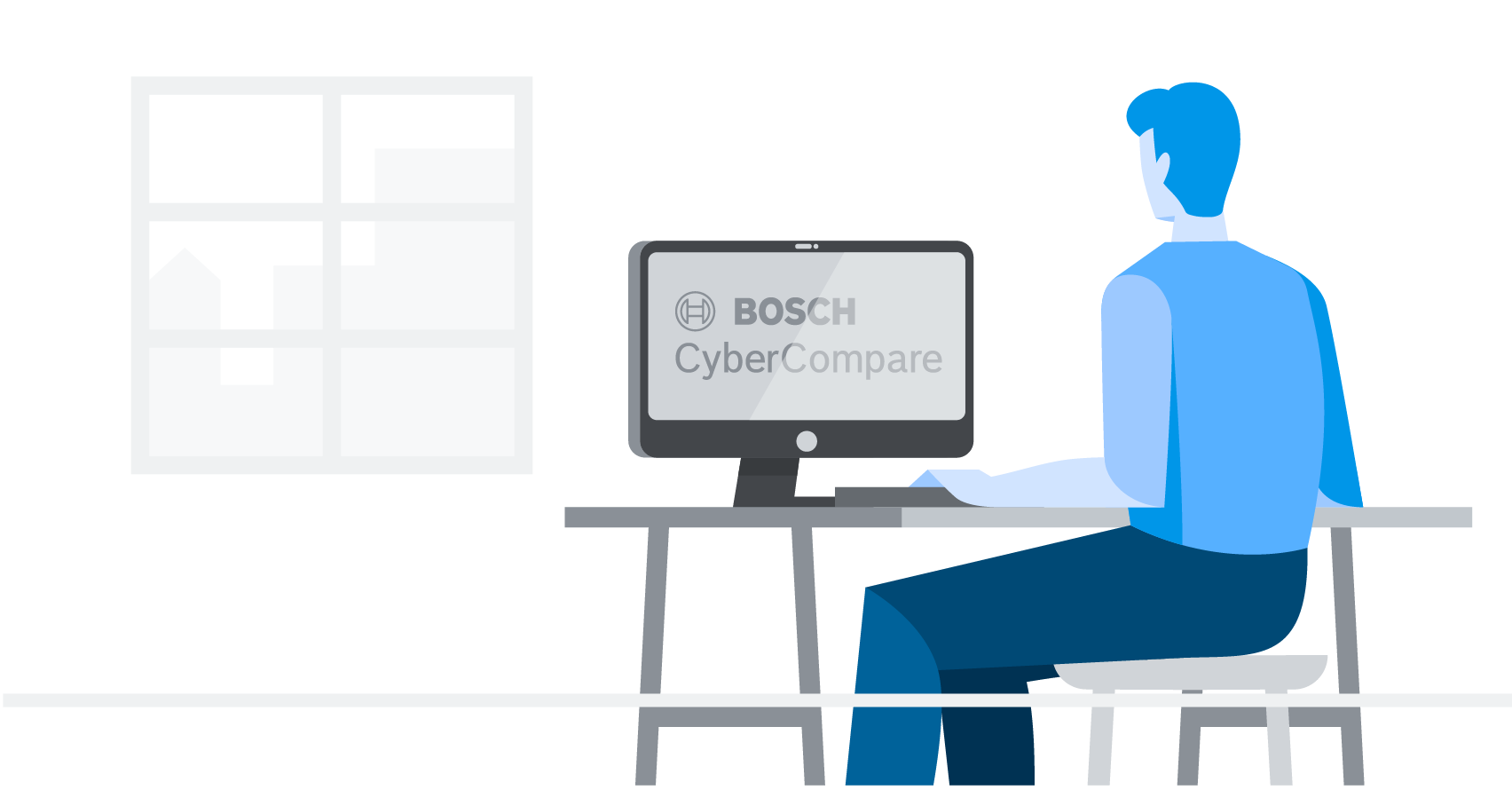Ready to make your cybersecurity more affordable?
CyberCompare is your independent partner to make IT, OT and IoT security easier, clearer and more affordable.
With our established cybersecurity ecosystem, you achieve cybersecurity excellence and increase your resilience: With us you save time and money but never lose focus.
Get in Touch
Associations and industry collaboration












